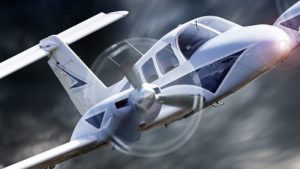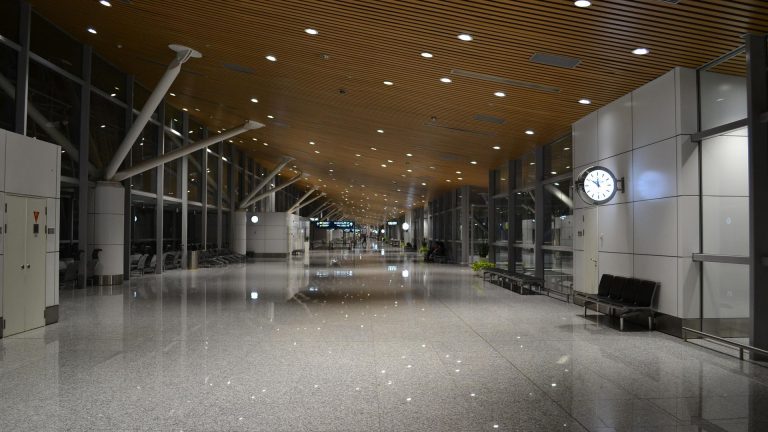
In an effort to save tax dollars, President Trump’s 2018 budget calls for the removal of 14,000 air traffic controllers and an additional 16,000 FAA employees from the federal workforce to a nongovernmental organization.
The White House claims reducing the FAA workforce by over 65 percent will not only benefit taxpayers but also improve service for airline passengers.
Airline industry divide on the plan
While on the federal payroll, FAA employees are subject to salary caps. That led the air traffic controllers union to support the proposal. National Air Traffic Controllers Association (NATCA) president, Paul Rinaldi notes the impact government shutdowns can have on air travel and the lack of available funding to add new controllers when needed.
When the plan was first presented to the Senate, it encountered strong bipartisan opposition. Opponents claimed reducing the FAA to the role of a regulatory oversight agency would be most damaging to smaller airports. The concern is that a privatized organization reporting to businesspeople would be more likely to overlook the interests of small airports. Resources like technical support and human resources would be primarily focused on the larger, busier airports.
Larger airlines vs smaller airports
Small airports are served by small airlines. While most people would not see much reason for large airlines to be concerned about competition from small airports, the largest airlines detest any amount of competition for passengers. Small airports must maximize manpower and be vigilant about finding ways to reduce costs.
Many airports are saving money with economical innovations like the DJ Products aircraft tug. The battery-powered tug allows one person to safely and easily maneuver aircraft in tight hangars. The sales engineers at DJ Products can help owners find the ideal aircraft tug for their business.


